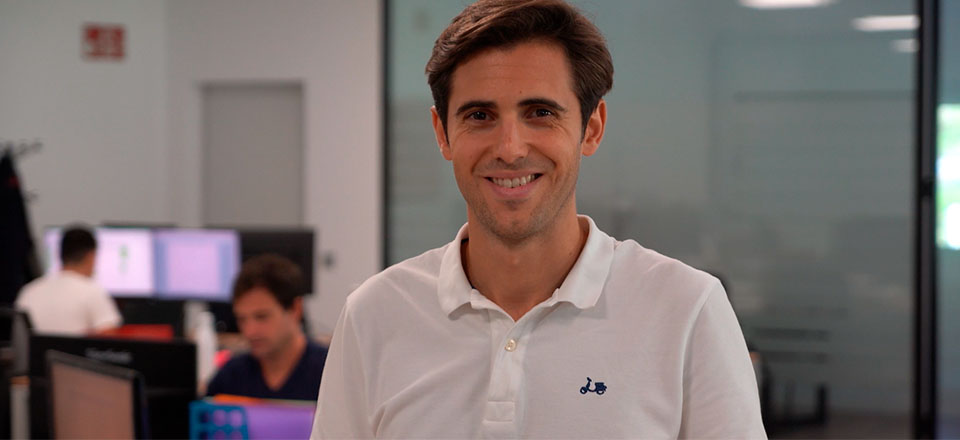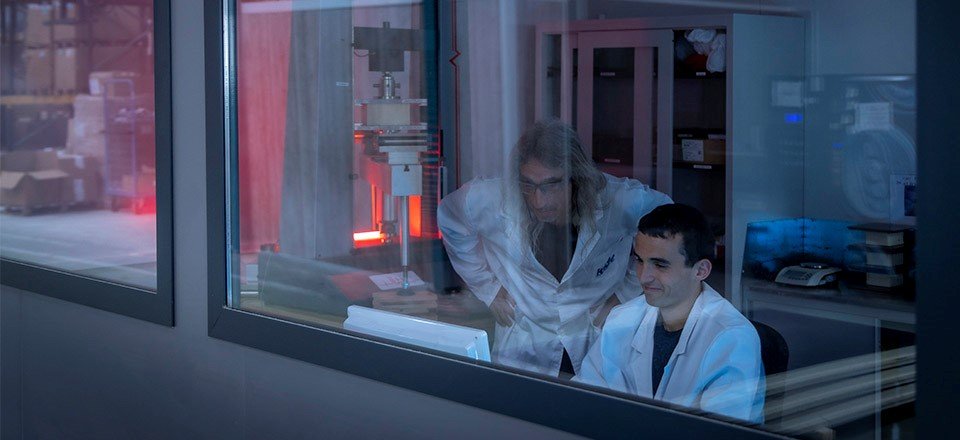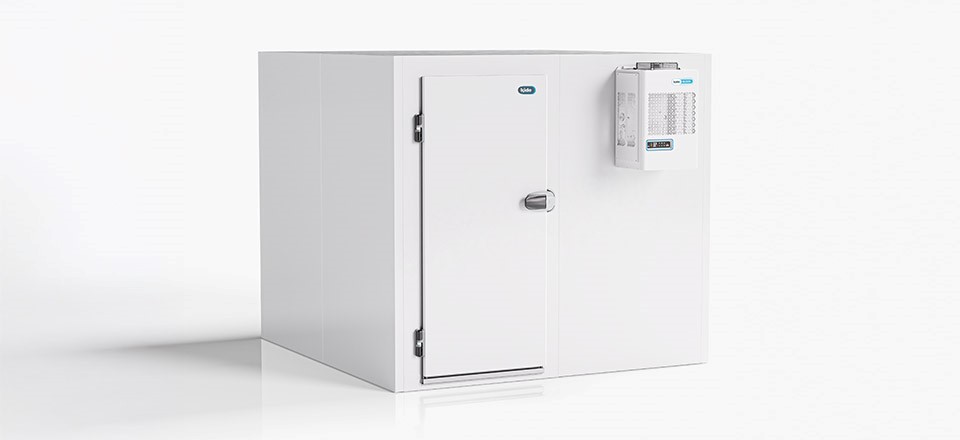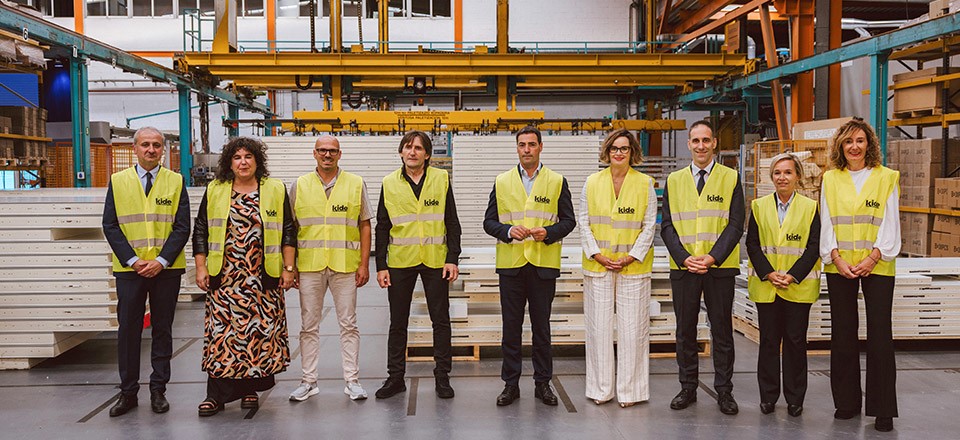“Our position is in line with Kide’s firm commitment to more sustainable environmental regulations”.
Pablo Rodríguez. Head of Engineering at the refrigeration business unit.
The F-Gas regulation strengthens KIDE’s market position
The adoption of the regulation in favour of much more sustainable policies in Europe strengthens KIDE’s market position. The application of the new regulation comes at the best time for the Berriatua industrial cooperative, which has done its homework and is ready for the change.
Like all other industrial sectors, the refrigeration sector is no stranger to increasingly stringent environmental regulations. The transition towards more sustainable alternatives is a reality: In response to environmental concern, the refrigeration industry has been striving to transition towards more sustainable alternatives. The new regulation, known as F-Gas, was approved in February and will come into force in January 2025.
The new regulation affects refrigeration, air conditioning and heat pump manufacturers, and therefore Kide. Progressively, between 2025 and 2030, no new units/systems using fluorinated gases with a GWP over 150 may be sold in Europe. New bans have also been introduced for air conditioning units, heat pumps and cooling units.
How does this regulatory change affect Kide?
We have been preparing for this moment for 2 years. We are convinced that we are well prepared, but we are also aware that the transition will take time.
The regulation was approved in February and will have a major impact on the sector from January 2025. Kide will continue to adapt, both in the manufacture of new systems and in the adaptation of existing ones, which will have to use regenerated refrigerants. Of course, we must continue to adapt our units to low GWP refrigerants so that fewer and fewer tonnes of CO2 are emitted into the atmosphere. We are in line to reduce this value of quota reductions to 0 by 2050.
The regulation applies to the European Union. Is that correct?
Yes, that is correct. The F-Gas regulation affects the European Union. Regulations are much laxer in Asia and America, but we still consider the energy efficiency label as a positive aspect on a global level.
How is Kide dealing with this new context?
We have had to redesign our units to ensure that they can function with A2L refrigerants (GWP<150), as well as launching a new range of products that can function with the R-290 refrigerant (GWP=3).
Based on the characteristics of our units, we consider this to be the way forward and that these solutions can be adapted to all or most of the existing systems on the market.
All components of the refrigeration circuit must be designed to function with flammable refrigerants. When redesigning our units, we had to take into consideration the reduction of the refrigerant load, ensure ventilation to prevent the accumulation of refrigerant in the event of a leakage and at the same time isolate the electrical panel from the refrigerant circuit.
We have also adapted our entire product catalogue; from commercial monoblock and split units to refrigeration units and industrial drying units.
As I mentioned above, we face this new challenge with ambition and with the sensation that we have really done our homework, but also with the necessary humility to continue to work hard each and every day in a complex transition process.
What is the difference with your competitors?
The market was initially somewhat reluctant to this change, but the situation has now been reversed and we are receiving more and more requests for A2L and R-290 refrigerants.
For us, it was clear from the outset that we had to make the switch from A1 refrigerants to A2L and R-290. The data support this transition, and we can affirm that 50% of the requests currently received by Kide entail low GWP refrigerants. In the past two years, demand has grown from 5% to 50%, and we expect this trend to rise to 75% by 2025. For many of our clients, A2L and R-290 is also an opportunity. There is a growing awareness of F-Gas and the environment among installers.








